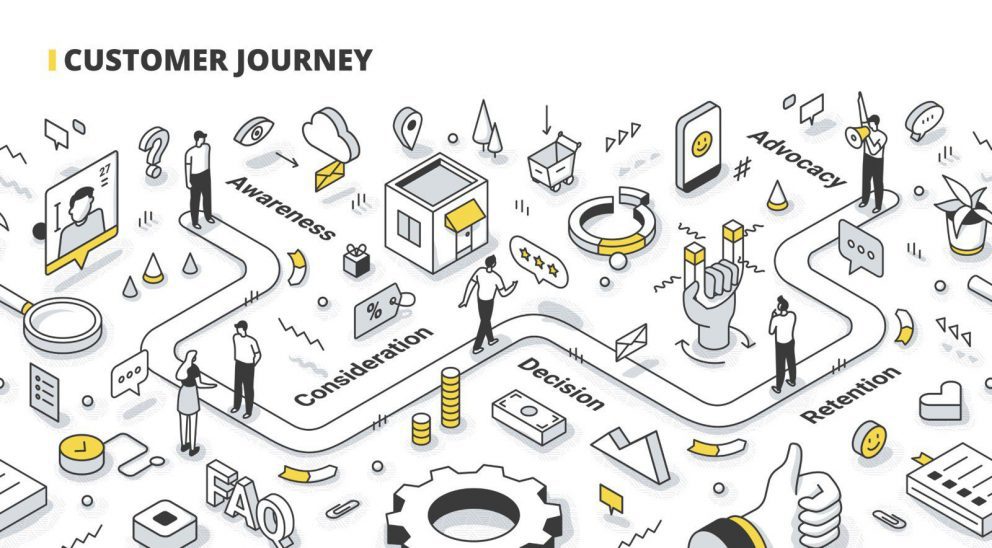ABM: An Account-Centric Approach

By Michelle Voznyuk, Marketing Specialist at Heinz Marketing
One could argue ABM is no longer considered a “buzzword.” What seemed revolutionary and maybe borderline controversial at first has become widely accepted in the world of marketing today. Account-based marketing (commonly referred to as ABM) is “a focused growth strategy in which marketing and sales collaborate to create personalized buying experiences for a mutually-identified set of high-value accounts” (source: Hubspot). In plain terms, it’s an account-centric approach to marketing and sales.
What Does Account-Centric Approach Mean?
This means we are flipping the funnel upside down – instead of trying to generate demand to come to us, we are going after the prospects WE want. Based on our specified criteria, we are gathering a list of qualified, high-value accounts, and creating personalized experiences to entice them to partner with us. It’s about accounts, people, and personalization versus leads, volume, and conversions.
Why Should You Consider It?
Many organizations today incorporate the ABM approach as a part of their greater marketing strategy, rather than replacing or eradicating all demand gen efforts. If you’re finding that the leads coming in through your demand generation programs are often unqualified or don’t fit your ideal customer profile, it may be time to try out ABM. While you’ll be going after a smaller pool of prospects, they’ll be a much better fit to spend your time and resources on.
How Do You Incorporate ABM Into Your Strategy?
So, how do you actually do ABM? That’s a good question – one that a lot of organizations struggle with.
Latané Conant, CMO of 6sense does a great job of explaining this in her new book “No Forms. No Spam. No Cold Calls.” She lays out five simple steps, outlined below, called the “Five Step Process to ABM.”
- Step 1: Select the best accounts. This is all about selecting accounts based on data versus personal opinion. She suggests starting with every potential customer for your solution and moving inwards towards your in-market ideal customer profile. These are essentially your opportunities that fit your specific criteria and are also in-market or ready to buy.
- Step 2: Know about them. To create personalized experiences, you need deep insights about your customers. You should understand their tech stack, buying committee, what they research, and where they are in their buying journey.
- Step 3: Engage the right way. This is where predictive analytics comes in. With the help of data, you can understand where your customers are in their buying journey and what they truly care about, and then build an outreach strategy based on that knowledge.
- Step 4: Collaborate with sales. For everyone to be on the same page, marketing and sales need to share the same set of data, be aligned on goals and priorities, and know when to engage.
- Step 5: Track real stuff. Latané suggests MQLs are a thing of the past. She says your team should track and report on things that matter and affect deal velocity and pipeline acceleration. This includes new accounts, new personas engaged, opportunity rate, and account win rate.
Conclusion
You don’t have to stay stuck in lead generation marketing if it’s no longer working for you. Account-based marketing can be a great option for your team to drive new growth. With the help of a new strategy, you can keep marketing and sales aligned, increase relevance to high-value accounts, develop personalized experiences for your customers, and create a more predictable pipeline.
We hope you found these tips helpful as you navigate the landscape of account-based marketing and consider implementing it within your own organization. If you ever need help getting started with ABM, or want to revamp your existing plan, we’ve got you covered! Feel free to reach out to our team at any time.
Full disclosure: 6sense is a client of Heinz Marketing






